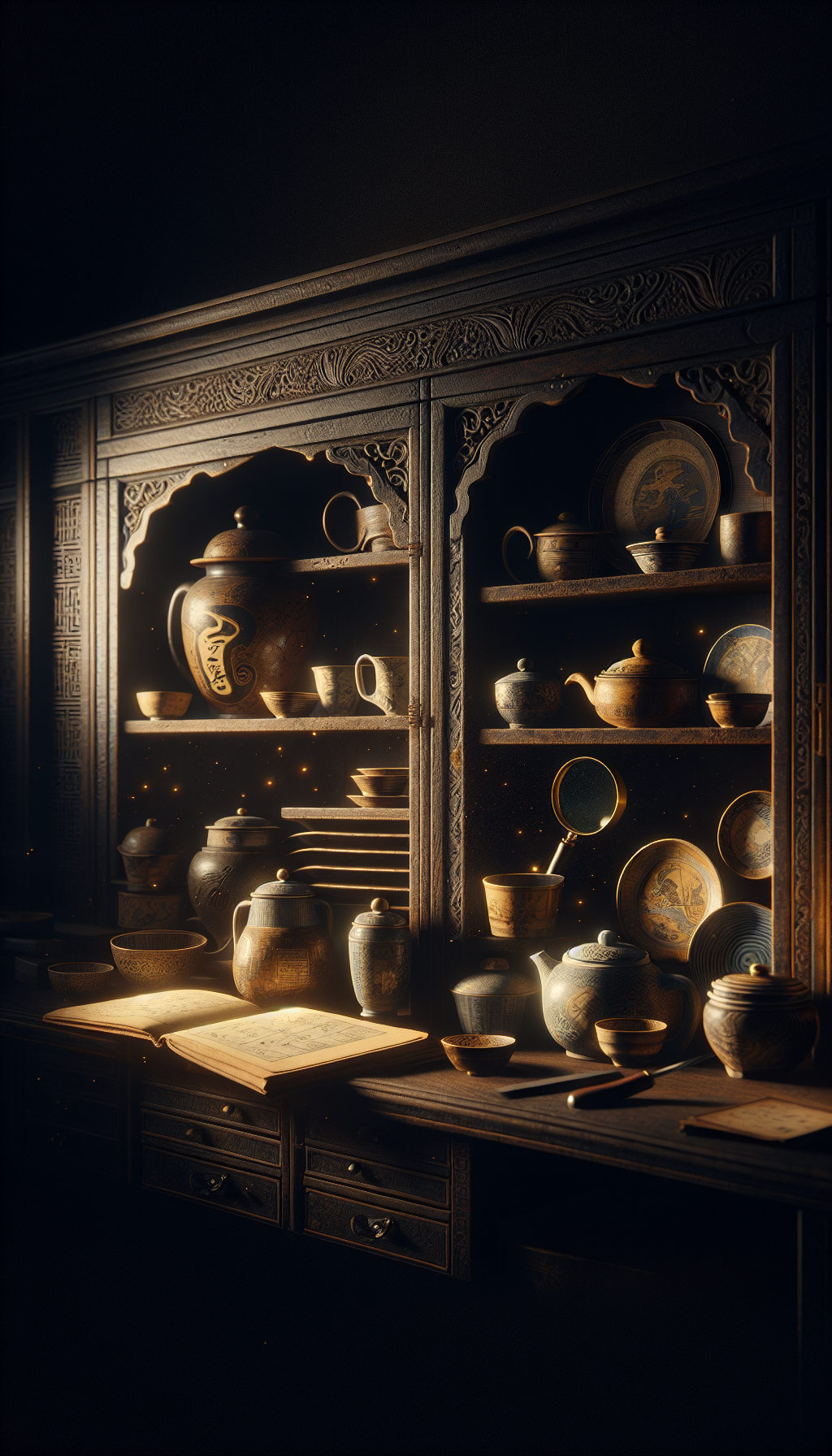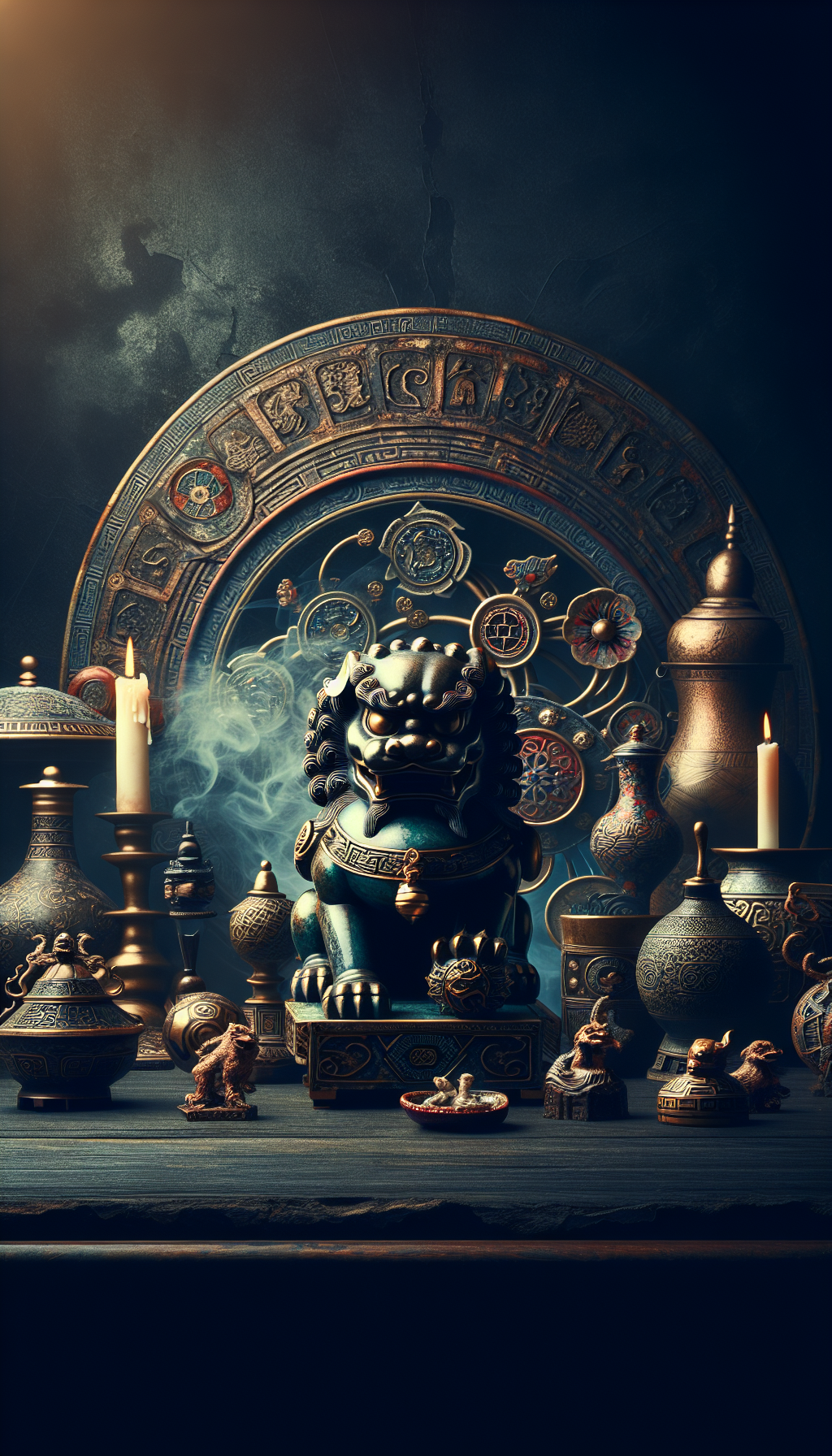Pali Manuscript Burmese Buddhist Palm Leaf Kammavacca Appraisal
Burmese Buddhist Kammavacca manuscripts occupy a distinctive niche in the world of Southeast Asian manuscripts. While many collectors know the gilded lacquered-cloth sets, palm leaf Kammavacca—formal liturgical texts incised on palm leaves—offer a quieter, often earlier counterpart. This guide brings together identification, dating, valuation, and care advice aimed at appraisers and enthusiasts assessing Pali-language Burmese Kammavacca on palm leaf.
What Is a Kammavacca?
Kammavācā (literally “texts of acts”) are ritual passages from the Vinaya (monastic discipline) read aloud to solemnize key acts of the Sangha. In Myanmar (Burma), a Kammavacca set typically includes formulae for higher ordination (upasampadā), restoration and disciplinary acts, and other communal procedures. These are not narrative or doctrinal compilations but tightly structured liturgical scripts.
Two major physical traditions exist:
- Lacquered cloth (often gilded): Highly decorative, presented at ordinations; common from the 18th–19th centuries onward.
- Palm leaf: Incised leaves tied into a set with wooden covers; somewhat plainer visually, but often earlier and closer to broader Theravāda manuscript practice.
This article focuses on the latter: palm leaf Kammavacca manuscripts originating in Burma/Myanmar, written in Pali using Burmese script forms.
Identification: Form, Script, and Ritual Features
Distinguishing a Kammavacca from other palm leaf manuscripts (such as Jātaka stories, grammatical texts, or medical manuals) depends on format, textual cues, and ritual context.
Physical format and construction
- Leaves: Long, narrow palm leaf strips, typically 40–60 cm long and 5–10 cm high. Burmese examples usually have two string holes punched symmetrically near the ends; the Thai/Lao tradition also often uses two holes, Sinhala scripts often one. Burmese Kammavacca leaves tend to be thicker and carefully polished.
- Incision technique: Letters are scratched with a stylus, then darkened by rubbing soot/charcoal or ink into the incisions. Lines may be ruled faintly. Rubrication with red or yellow pigment can appear at headings or margins but is less common than on cloth sets.
- Covers: Two longer, thicker wooden endboards (sometimes lacquered red/black, occasionally with incised gold decoration in shwe-zawa technique) protect the stack. Original covers and cords materially impact value.
- Completeness: Kammavacca sets are finite and ritualized. Common counts include 16, 18, 20, or 24 leaves. A complete set is more desirable; orphan leaves have limited value unless exceptionally early or rare.
Script and language
- Language: Pali. Expect formulaic Vinaya expressions rather than narrative prose. Pali diacritics are absent in Burmese script; the language will be identifiable by canonical vocabulary and syntactic markers.
- Script: Burmese round script (a family of rounded forms suited to palm leaf). Letter shapes evolve over time; older hands are often more compact and less embellished, while 19th–early 20th century hands can be neat and regular with confident curves.
- Textual cues: Frequent appearance of terms like “Saṅghassa” (of the Sangha), “ñatti” (motion), “kamma” (act), “upasampadā” (higher ordination), and formulaic sequences for motion-and-seconding (ñattidutiyakamma). Repetition and liturgical structuring are normal.
Ritual and decorative markers
- Title frames: Some leaves carry a heading panel or marginal ornaments to mark the start of a section.
- Donor culture: While the text is in Pali, colophons (dedications) are often in Burmese, recording donors’ names, monastic affiliations, and dates. A strong donor culture around Kammavacca correlates with formal presentation sets and can signal authenticity.
How Kammavacca differs from other palm leaf manuscripts
- Content is formulaic and non-narrative, with liturgical repetitions.
- Leaves are typically more uniform in ruling and layout.
- Sets are bounded: specific leaves devoted to particular ritual acts rather than continuous literature.
Dating and Reading Colophons
Dating relies on internal evidence (colophons and numerals), paleography (letterforms), and material clues. For palm leaf Kammavacca, colophons are your best starting point.
Where to look
- Terminal leaves: The last leaf often carries a dedication in Burmese, with a year and sometimes the month and weekday.
- First leaf back: Occasionally the opening leaf includes a presentation note.
Burmese dates and numerals
- Calendar: The Myanmar Era (ME; Burmese “Sakaraj” or “Sakkaraj” in colophons) starts in 638 CE. A quick conversion is CE ≈ ME + 638, with a caveat that the Burmese year begins around April (Tagu). A date near the Burmese New Year may shift the CE year by one depending on the month.
- Burmese months you may encounter: Tagu (Apr), Kason (May), Nayon (Jun), Waso (Jul), Wagaung (Aug), Tawthalin (Sep), Thadingyut (Oct), Tazaungmon (Nov), Nadaw (Dec), Pyatho (Jan), Tabodwe (Feb), Tabaung (Mar).
- Burmese numerals (for fast decoding):
- ၀ = 0, ၁ = 1, ၂ = 2, ၃ = 3, ၄ = 4, ၅ = 5, ၆ = 6, ၇ = 7, ၈ = 8, ၉ = 9
- Common date phrasing: “Sakkaraj” followed by numerals; donor’s name; the deed of merit; the place/monastery.
Paleography and stylistic indicators
- Earlier scripts (17th–early 18th c.): More angular or compressed forms, less standardized letter heights, and occasional Mon-influenced letter shapes.
- 18th–19th c.: Increasing regularity, rounded loops, careful alignment, and consistent spacing.
- Early 20th c.: Highly regular hands, near-mechanical spacing; some modern retouching visible under magnification.
Material and technique clues
- Aging of palm: Genuine old leaves show gradual darkening, polished wear at string holes, and micro-cracking along edges. Artificial aging often presents as uniform tea-staining without differential wear.
- Pigments and infills: Soot/charcoal in incisions oxidizes and fades variably; harsh, shiny black infill can be a red flag for recent over-rubbing. Bright modern pigments or synthetic binders around incisions suggest later embellishment.
Cautions
- Copying culture: Kammavacca texts are inherently formulaic; a coherent liturgical text alone does not prove age. Cross-check paleography and materials.
- Re-dated covers: Wooden covers with flamboyant gilding can be later additions paired with older leaves or vice versa.
Value Drivers, Provenance, and Ethics
Valuation depends on a cluster of factors rather than a single attribute.
Primary value drivers
- Completeness and matching: A full set with all leaves and its original covers and cords is markedly more valuable. Matching decorative motifs and uniform patina across leaves and covers indicate an original ensemble.
- Age and datable colophon: A secure Burmese date elevates value. Earlier, well-preserved sets with clear ritual content are sought after.
- Quality of execution: Even, elegant incision, balanced layouts, careful ruling, and refined covers reflect high-status commissions.
- Rarity of features: Uncommon marginal decorations, donor portraits (rare on palm leaf), or exceptional, early scripts can add desirability.
- Condition: Structural integrity at string holes, minimal insect damage, and stable surfaces are crucial.
Provenance and documentation
- Old collection labels, inventory numbers, or documented acquisition from colonial-era collections add confidence and value.
- Monastic provenance with named donors and monasteries in the colophon is important cultural information; maintain it in records.
Ethical and legal considerations
- Cultural property: Myanmar restricts the export of antiquities and religious heritage. Ensure your manuscript was exported legally and that you comply with current import/export and ownership laws in your jurisdiction.
- Monastic context: These are ritual objects; treat them with respect and avoid separating leaves or covers for resale.
- Conservation ethics: Do not “improve” by re-inking incisions or regilding covers. Over-restoration harms both heritage value and market value.
Market observations
- Palm leaf Kammavacca attract manuscript specialists and Buddhist art collectors who value sobriety and textual authenticity. Cloth sets can command higher visual premiums, but an early, complete palm-leaf set with a firm date can be highly competitive.
- Singleton leaves serve as educational or decorative items but usually command modest prices unless exceptionally early or associated with a notable donor or monastery.
Condition, Conservation, and Storage
Palm leaf is an organic, hygroscopic material; it reacts to humidity and light and can become brittle with neglect. Proper care protects both cultural heritage and value.
Typical condition issues
- Fragmentation at string holes: Stress fractures radiating from the binding holes are common and can lead to loss.
- Insect damage: Shot holes, channels, and frass (powdery waste) indicate historical infestation; active infestation must be addressed immediately.
- Surface abrasion and loss of infill: Over-cleaning removes the soot/ink that makes letters legible.
- Warping and curl: Low humidity and direct heat cause curvature and cracking.
Handling and preventive care
- Handling: Clean, dry hands or nitrile gloves; support leaves fully, especially when turning near the string holes.
- Environment: Aim for stable relative humidity around 45–55% and temperature 18–22°C. Avoid direct sunlight and strong UV.
- Storage: Keep flat, in a bespoke box or tray. Interleave with inert, acid-free sheets cut around the string holes to reduce stress. Store the set tied loosely with soft cotton tape if cords are missing.
- Cleaning: Dust gently with a soft brush. Do not apply oils, waxes, commercial polishes, or water. Any consolidation of flaking pigment or repair of splits should be carried out by a trained conservator familiar with Southeast Asian manuscripts.
Red flags requiring a conservator
- Active insect activity (fresh frass)
- Spreading splits at holes
- Lifting lacquer or gilding on covers
- Salt efflorescence or mold blooms
Quick Appraisal Checklist
- Identify the text: Look for Pali liturgical formulae characteristic of Kammavacca (ñatti, kamma, upasampadā).
- Count and match: Record number of leaves; check uniform patina, ruling, and margins; confirm covers match.
- Read the colophon: Note donor names, place, and Burmese date (decode numerals; convert ME to CE ≈ +638).
- Assess script: Judge regularity and letterform period style; compare across the set for consistency.
- Inspect condition: Focus on string holes, edges, insect traces, and legibility of incisions.
- Document provenance: Photograph, transcribe colophon lines, and compile any collection history.
- Check legality: Ensure lawful export/import history and respect cultural property norms.
FAQ
Q: How can I be sure the manuscript is Kammavacca and not a general Pali text? A: Verify the presence of Vinaya act formulae—look for repeated ñatti (motion), ñattidutiyakamma (motion-and-seconding), mentions of Saṅgha, and the upasampadā sequence. The layout is typically formal and repetitive, with discrete ritual sections rather than continuous narrative.
Q: Are palm leaf Kammavacca older than gilded cloth sets? A: Not always, but many palm leaf examples predate the peak of gilded cloth production. Cloth sets were especially fashionable in the 18th–19th centuries. Dating should rely on colophons, paleography, and materials, not format alone.
Q: What are typical leaf dimensions and how many leaves make a set? A: Leaves are commonly 40–60 cm long and 5–10 cm high, with two string holes near the ends. Sets often comprise 16–24 leaves, though counts vary. The key is internal consistency and the presence of all sections expected for ritual use.
Q: Can I stabilize cracks with modern adhesives? A: Avoid DIY repairs. Many adhesives discolor, embrittle, or stain palm leaf. A trained paper/manuscript conservator can perform minimal, reversible treatments and fabricate proper supports without compromising the artifact.
Q: How important are the original covers? A: Very. Matching covers—especially with period lacquer work—strengthen the integrity, protect the leaves, and significantly improve value. Mismatched or later replacement covers should be noted in the appraisal and reflected in valuation.
By understanding the ritual function, reading Burmese date conventions, and paying close attention to construction and condition, you can confidently assess Burmese Buddhist palm leaf Kammavacca manuscripts. A careful, conservation-minded approach preserves both their spiritual significance and their place in the history of manuscript art.




